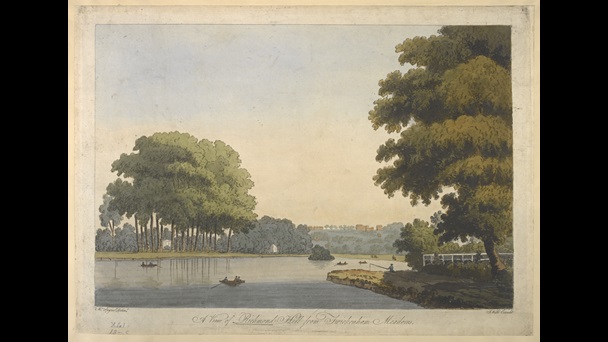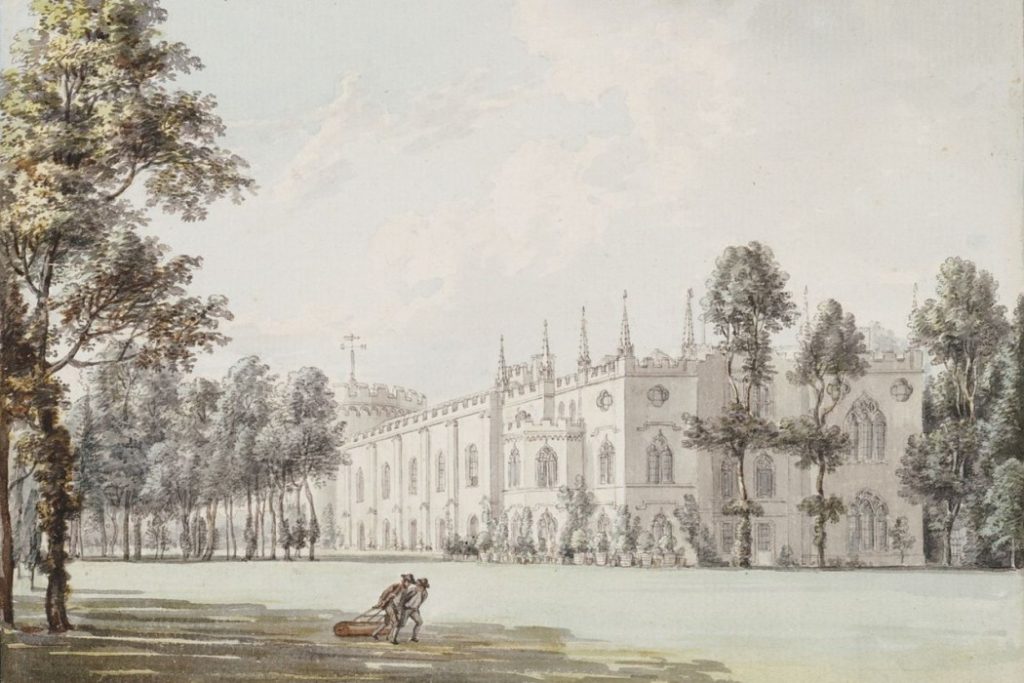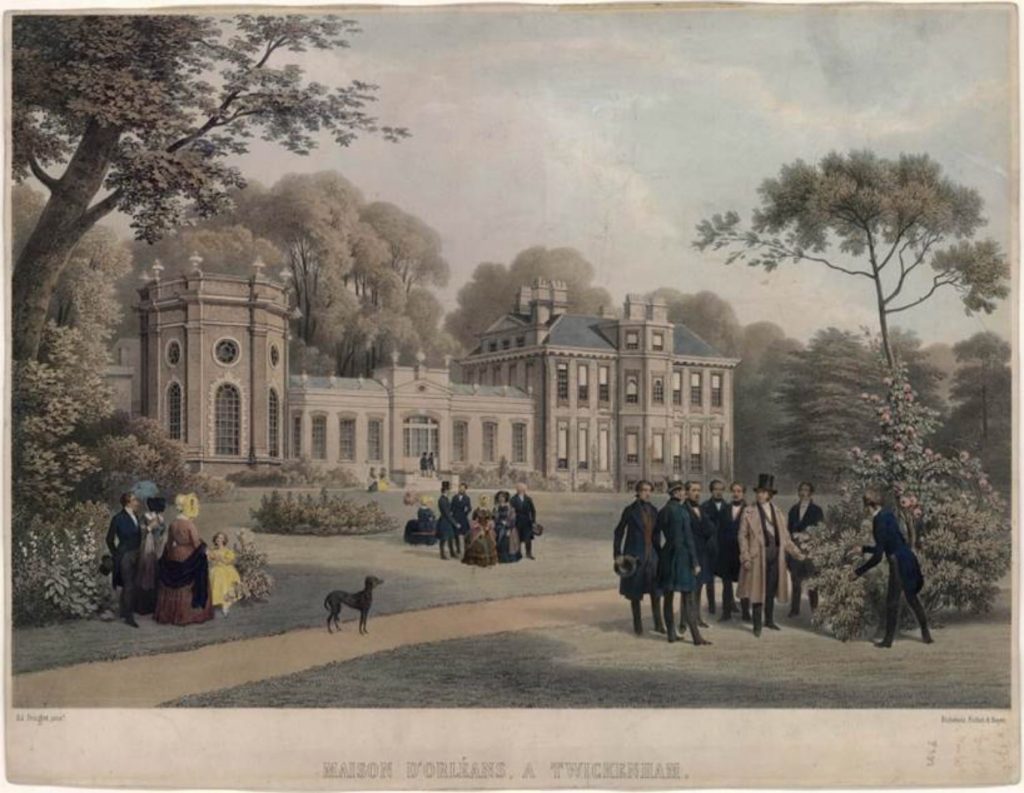The Picture of London, for 1803
By the late Georgian era, the stretch of Thames between Richmond and Twickenham “was punctuated with a variety of prestigious residences” including artistocrats, artists, and mistresses (https://www.bl.uk/picturing-places/articles/richmond-and-twickenham-a-modern-arcadia) At roughly ten miles from London, Twickenham was a bucolic destination often interrupted by blasts and explosions from the world’s first industrial production facility for gunpowder located between Twickenham and Whitton on the banks of the River Crane.

Like Richmond, Twickenham was a popular destination for excursions, particularly by steam packet (https://www.british-history.ac.uk/vch/middx/vol3/pp151-155). By 1811 there were seven daily coaches to Twickenham, and over the next several decades that would increase exponentially, leading to more development and the increasing urbanization (https://www.twickenham-museum.org.uk/detail.php?aid=394&ctid=4&cid=41).
One of the most famous sites in Twickenham is the small, whitewashed castle that is Horace Walpole’s Strawberry Hill, an inspiration to Shelley in creating Frankenstein and gothic craze in general (https://www.atlasobscura.com/places/strawberry-hill). Built as a summer residence, four visitors were allowed on tours a day during Walpole’s lifetime. By the Regency era it was first in sculptor Anne Seymor Damer’s ownership before being passed to Walpole’s great niece, Elizabeth Waldegrave (https://www.strawberryhillhouse.org.uk/the-house/history/).
The Picture of London, for 1803.

Strawberry Hill
Twickenham was also home to the John James’ 1710 Palladian villa, Orleans House, which housed the exiled Louis Phillipe, Duc d’Orleans, between 1813 and 1815.

Twickenham was an uppercrust hideaway, inspiring Gothic fantasies and sheltering exiles and mistresses during the Regency era. A place for pastoral delights and country excursions, it would eventually give way to a more suburban vibe.











